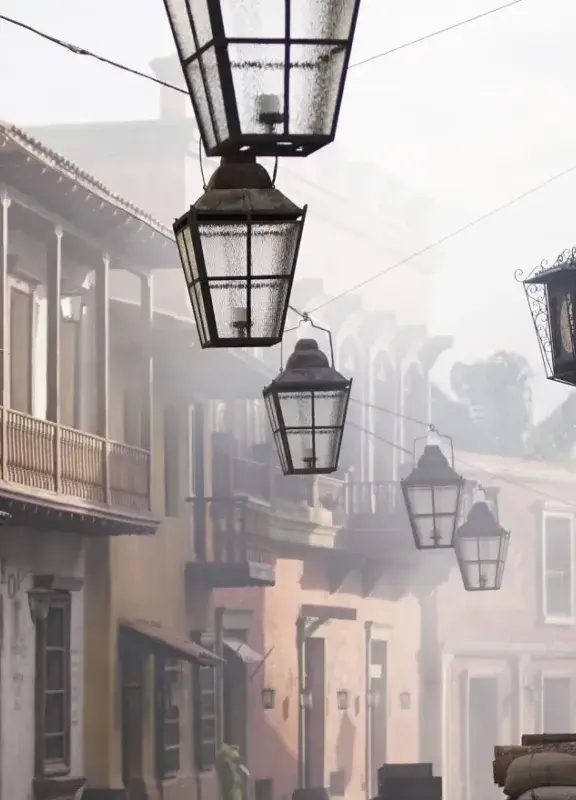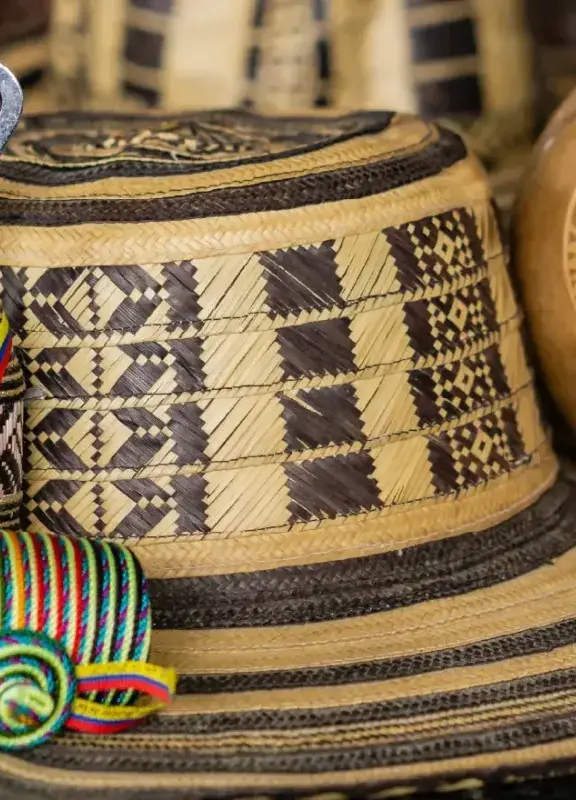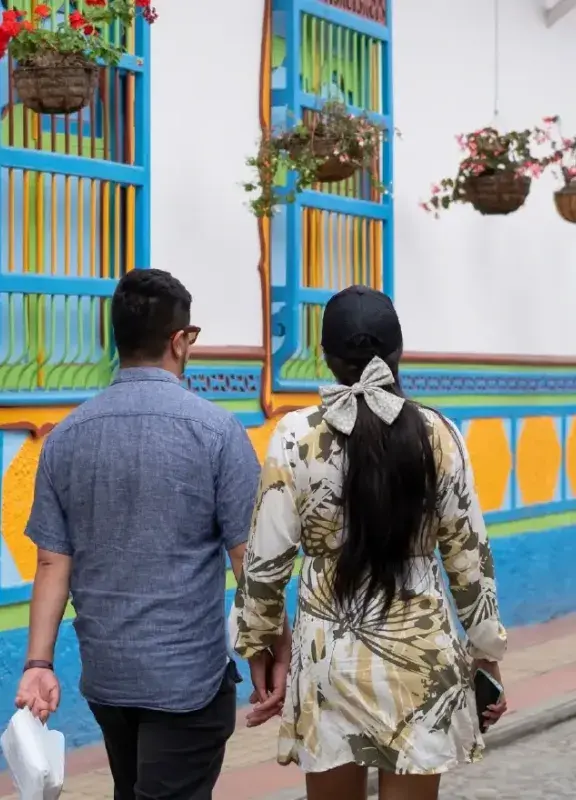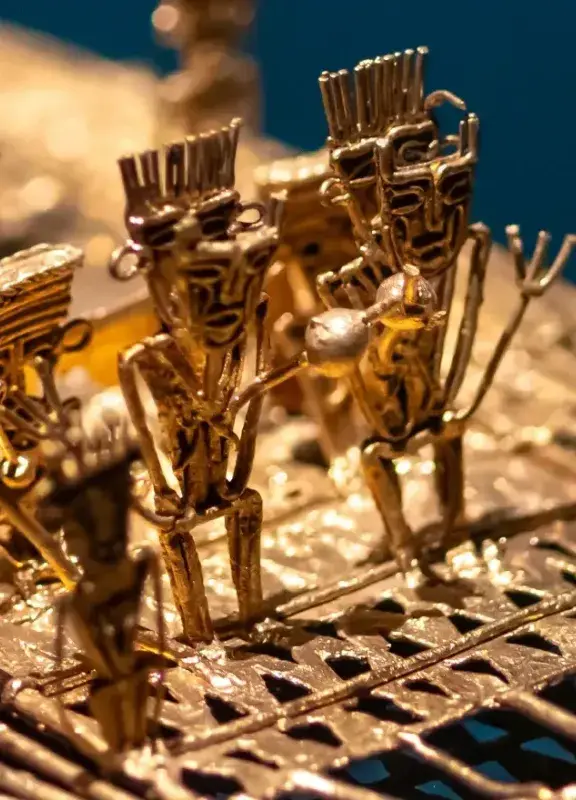Vueltiao hat: 6 interesting facts about this cultural icon
Discover six interesting facts about the vueltiao hat, a cultural icon and source of pride for Colombia.
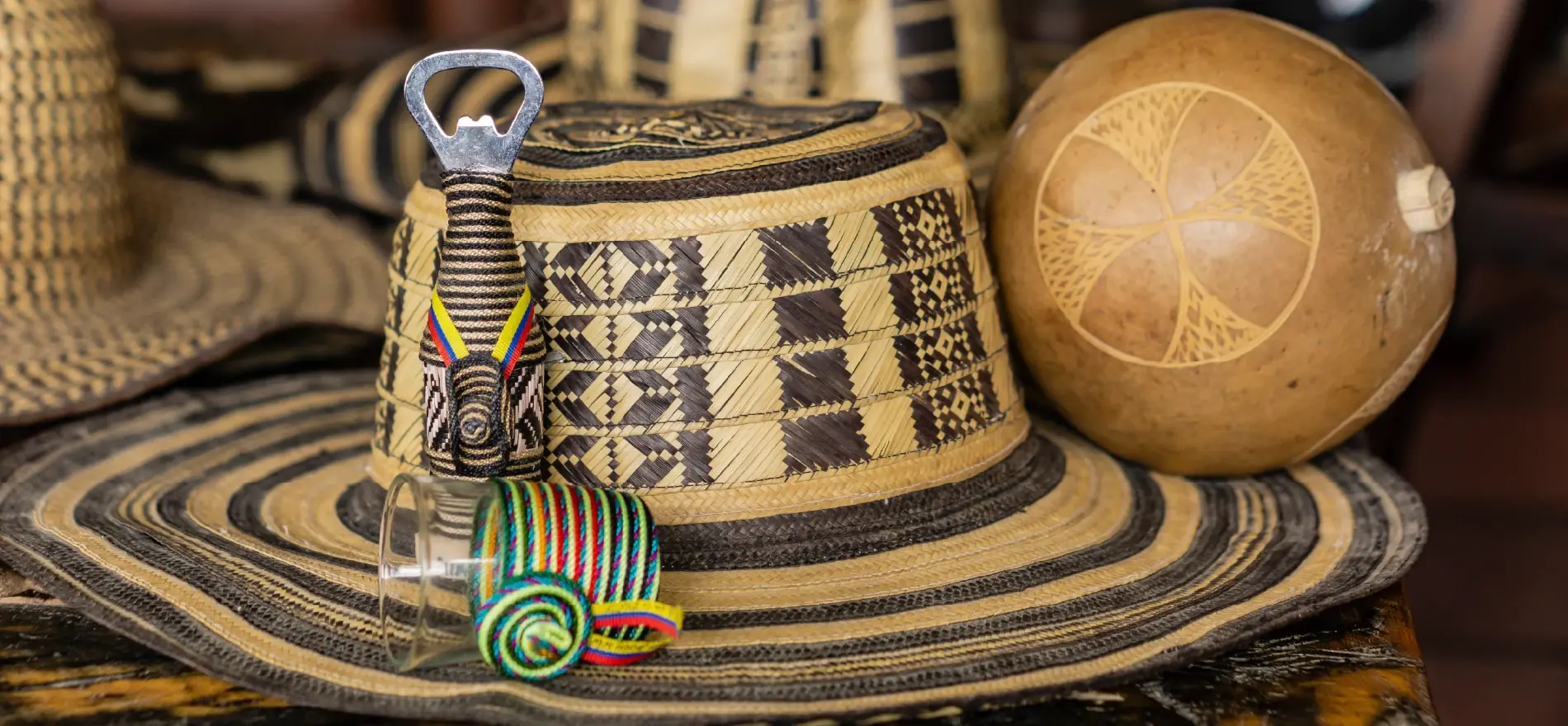
The sombrero vueltiao is more than an accessory; it is a symbol of Colombian identity, tradition, and culture. Originating from the Caribbean Region of Colombia and woven by hand by the Zenú indigenous communities, it represents the soul of a people who preserve their knowledge, customs, and roots over time. Today, the sombrero vueltiao has become a symbol of folklore and pride in Colombia. That’s why, below, we present 6 curious facts about this icon of the country of beauty.
You may also like: Colombian folklore: a journey through the regions of the country of beauty
1. Its origin is indigenous
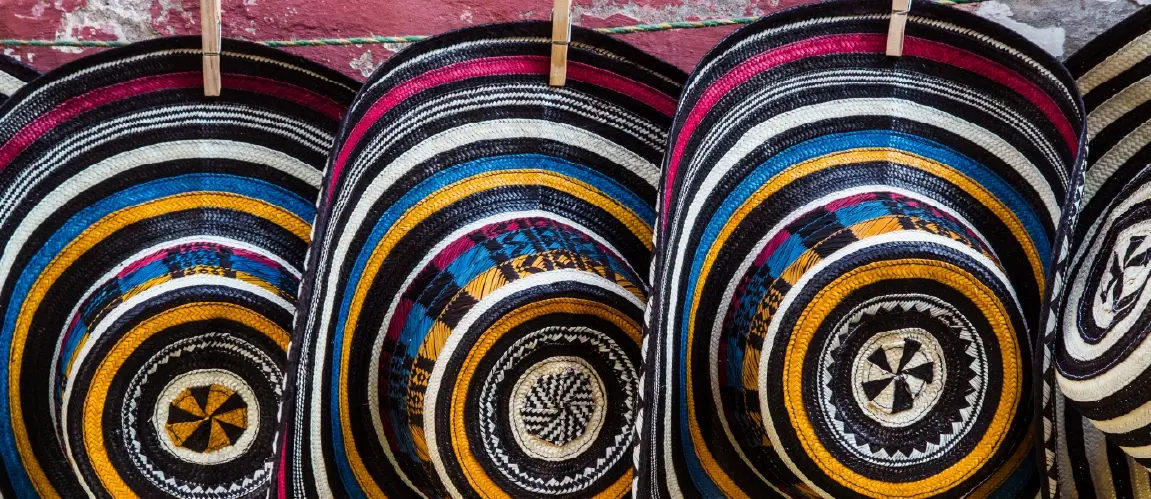
The sombrero vueltiao comes from the Zenú culture, an indigenous people who mainly inhabit the departments of Córdoba and Sucre, in the Greater Colombian Caribbean region. The Zenú have been present in the territory since before the arrival of the Spanish and are deeply rooted in their traditions, knowledge, and crafts. The creation of this Colombian handicraft is one of the most vivid expressions of this ancestral heritage, passed down from generation to generation, thus preserving an important part of the collective identity of this community.
2. It is made with natural materials
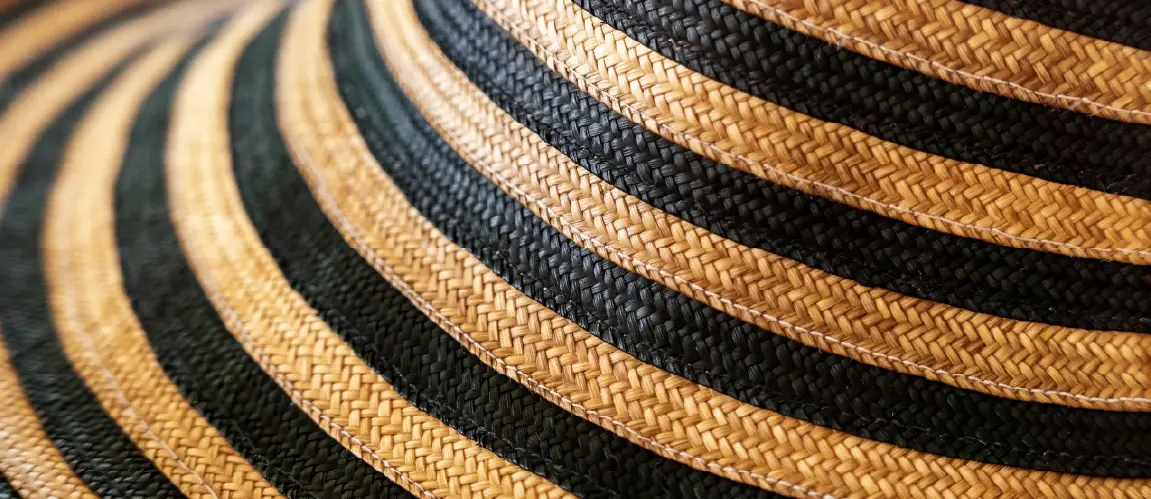
The sombrero vueltiao is woven with caña flecha, a palm fiber that provides strength, freshness, and durability, making it a resistant and comfortable piece to wear. The caña flecha is cut, dried, and split into thin strands, which artisans then braid by hand with skill and patience. Depending on the number of fibers used or “turns,” the hat gains finesse, flexibility, and complexity in its designs. This process, the result of ancestral knowledge, can take days or even several weeks, reflecting the dedication and artistry of each weaver toward this emblematic piece of Colombian culture.
You may also like: Colombia’s Top Five Souvenirs
3. It is woven with traditional techniques
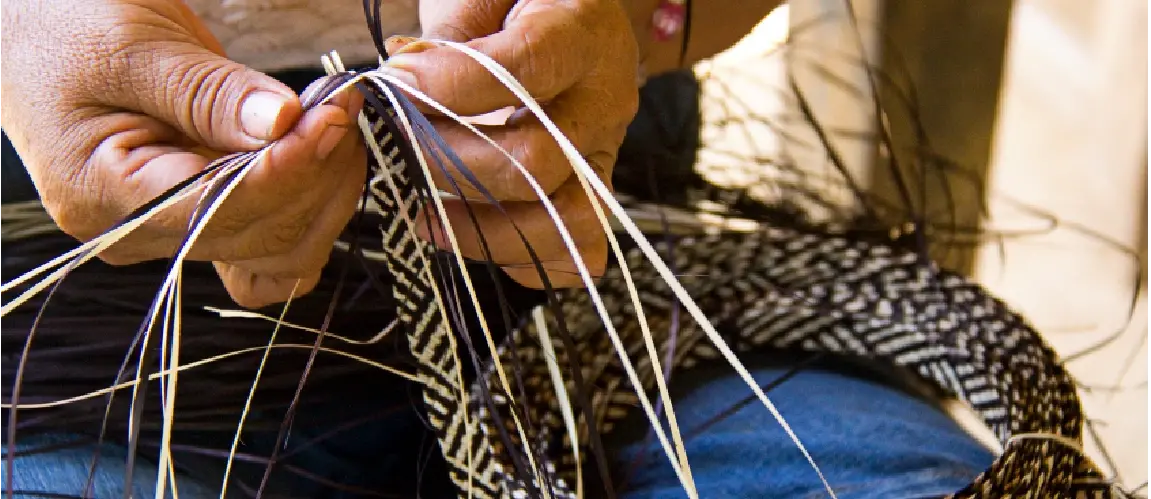
The handcrafted production of the sombrero vueltiao combines two main techniques: braiding and sewing. First, the caña flecha fibers are divided into thin strands, which are then tightly braided to form long ribbons. Later, those ribbons are sewn in a spiral, shaping both the crown and the brim of the hat. Depending on the number of fibers and the braiding style, the result can be more flexible or firm, simple or complex. Additionally, the design often combines geometric figures such as black and white stripes, showcasing both technical mastery and each artisan’s style. Before weaving, the process involves preparing the fiber by harvesting it from caña flecha leaves, followed by braiding, sewing, and the final finishing touches.
You may also like: Get to know Colombia’s beautiful and varied traditional clothing
4. It is Cultural Heritage of Colombia
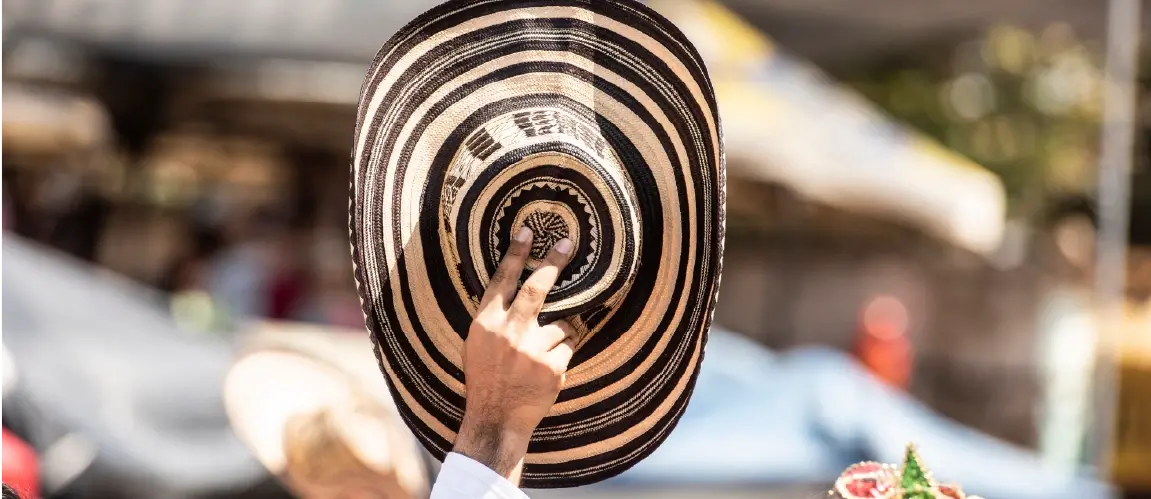
The sombrero vueltiao is recognized as Cultural Heritage and Cultural Symbol of the Nation by the Congress of Colombia. It was declared a Cultural Symbol of the Nation through Law 908 of September 8, 2004. Additionally, June 18 was institutionalized as the "Day of the Sombrero Vueltiao." This recognition strengthens the authenticity and quality of this symbol of the Colombian Caribbean. Thus, this handmade product in Colombia continues to be a pillar and symbol of culture and the heritage of the country of beauty.
You may also like: Monuments of Colombia: history, art, and culture
5. Its figures have meaning
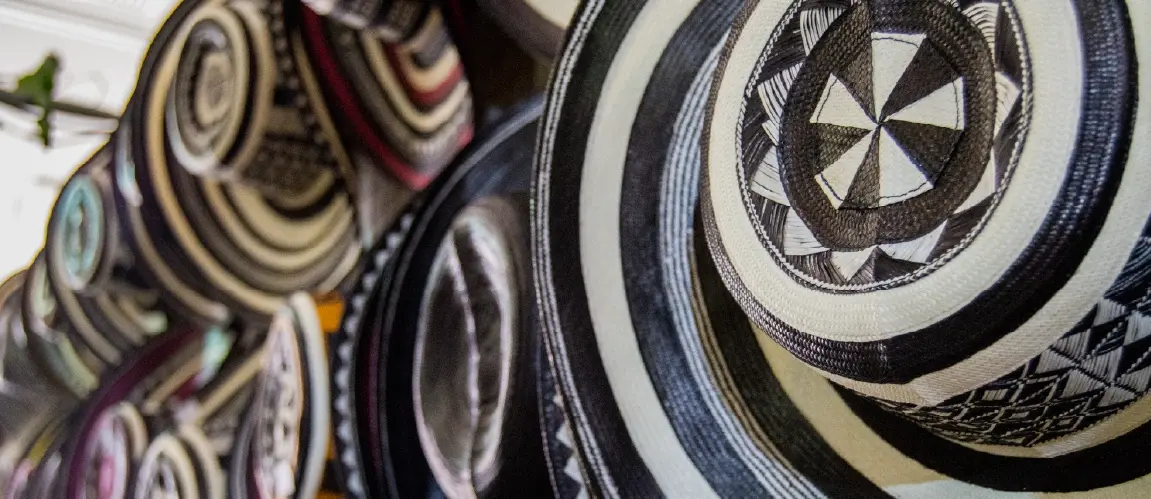
The figures that adorn the sombrero vueltiao —known as pintas— have different meanings: each represents essential elements of Zenú craftsmanship, flora, fauna, and the daily activities of the community. Among the most common are: triangles symbolizing animals or plants, rhombuses representing the lemon flower, circles and triangles combined to evoke the totumo, as well as other figures that depict hunting, fishing, and religious rituals. For example, the passion fruit flower is woven with triangles, while the corn spike also uses triangles with diagonal lines. These samples of symbolic art allow identifying the family or community origin of the hat: a product that tells stories, beliefs, and belonging.
6. It is present in different Colombian fairs and festivals
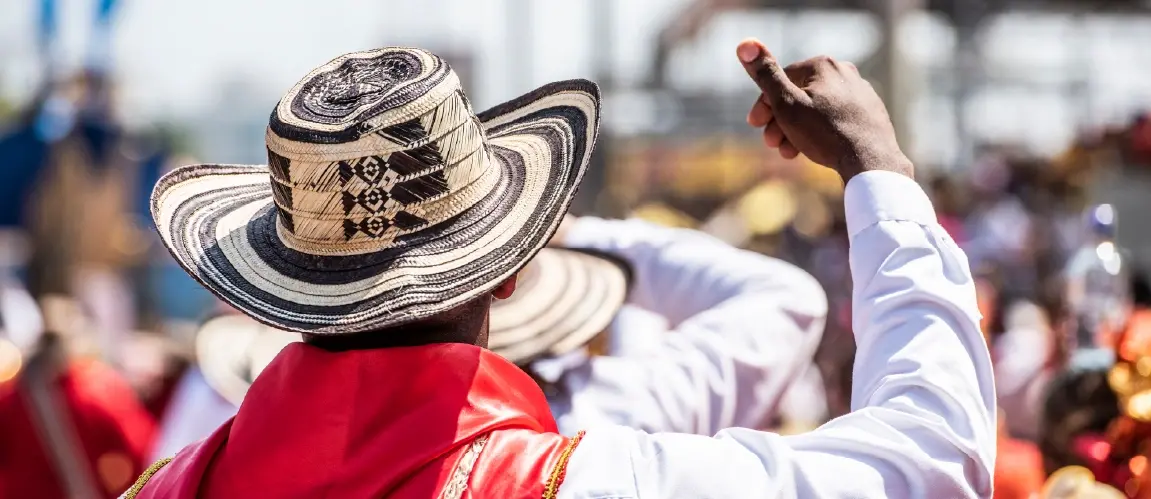
The sombrero vueltiao is often the protagonist in fairs, festivals, parades, and folk events throughout the country, such as the National Porro Festival in San Pelayo (Córdoba), the Vallenato Legend Festival in Valledupar (Cesar), the Carnival of Barranquilla, and the National Bands Contest in Sincelejo (Sucre), among many others. In this way, it becomes an element of collective identity, representing a symbol of the Colombian Caribbean, as well as the folklore, color, and art of the country of beauty.
 Welcome, you are in
Welcome, you are in 








